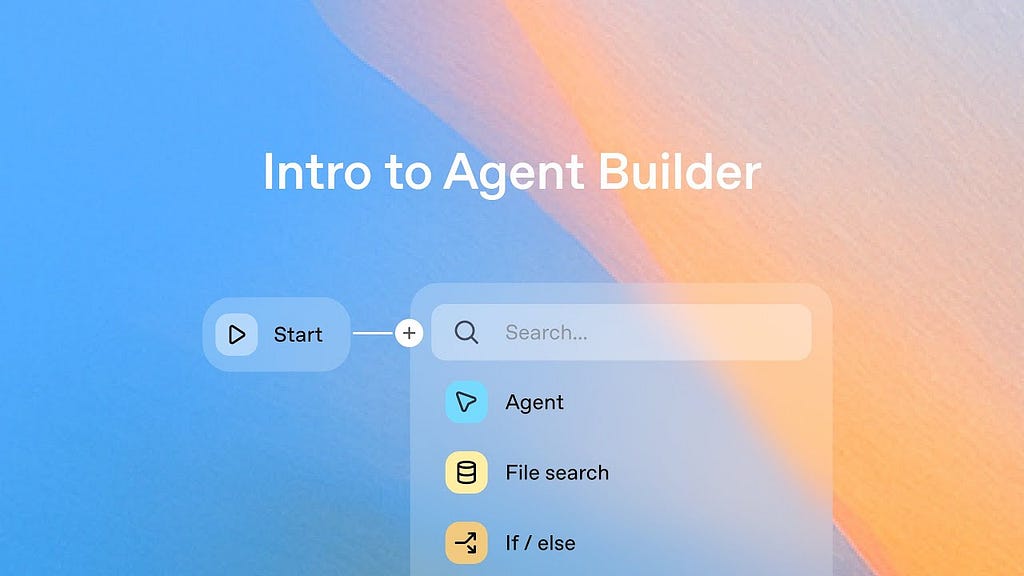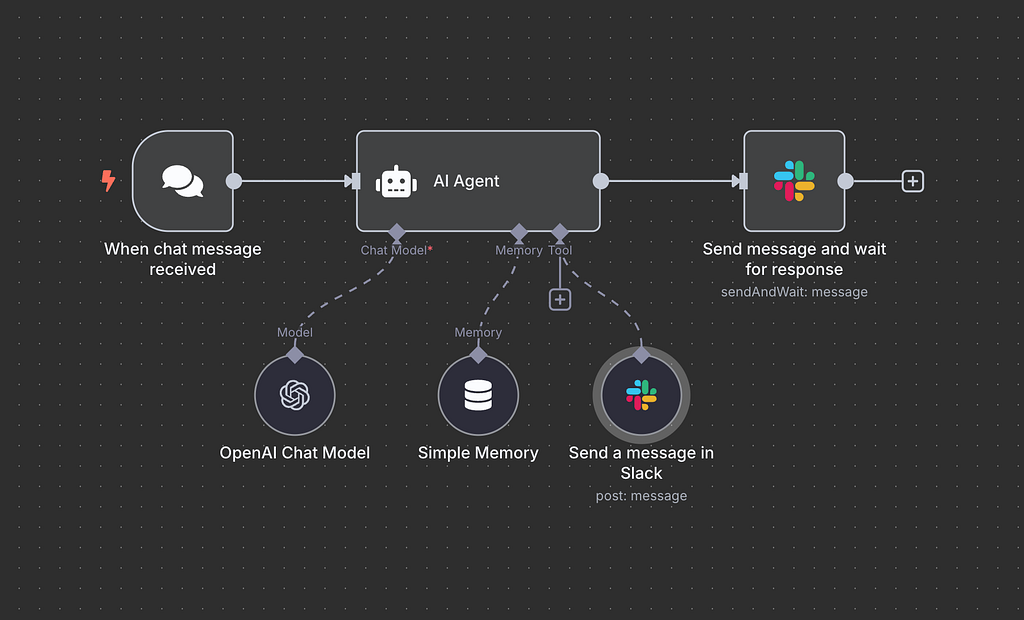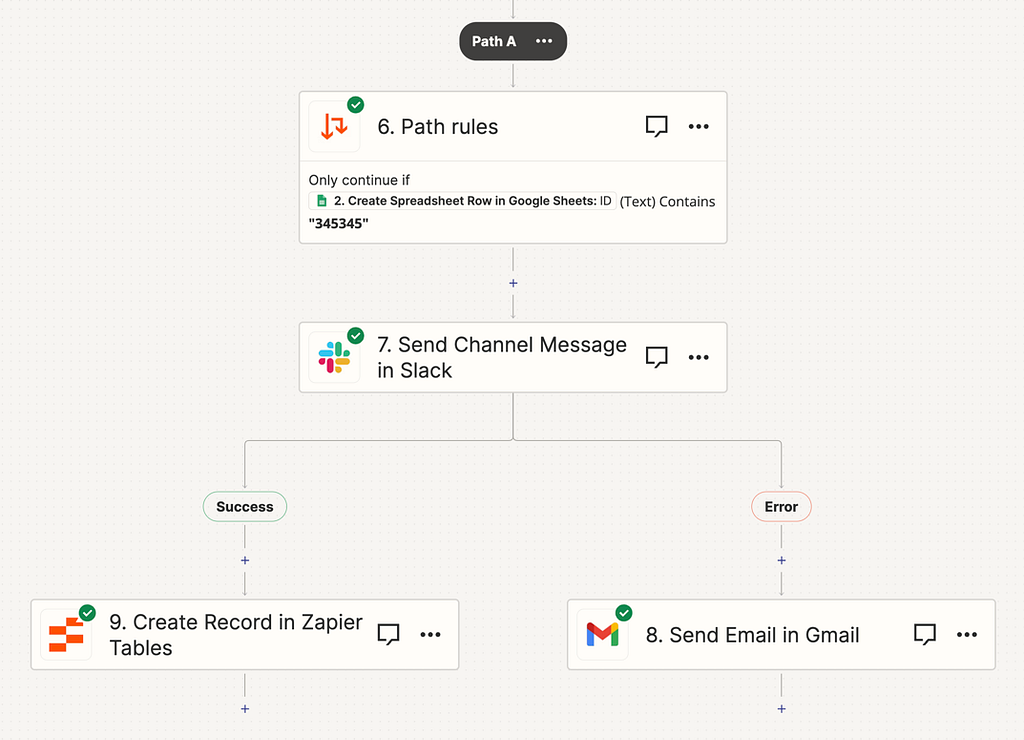
What is it and why it won’t kill n8n, Make and Zaper
OpenAI did it again.
During its DevDay 2025 on October 6th, the company unveiled a new feature called Agent Builder — a powerful addition that could change how we create and use AI agents.
As soon as it dropped, many people online rushed to claim that OpenAI had just killed Zapier, Make, n8n, and every other automation & AI-agent creation platform out there. But in reality, things are a bit more nuanced than those bold claims suggest.
I’ve had a chance to play with Agent Builder, and I’d like to share where this tool truly shines, and where it still falls short compared to established automation platforms.
What is Agent Builder
Agent Builder is a visual canvas for creating and versioning multi-step workflows.
The concept of “AI agents” isn’t new for OpenAI; we’ve already been able to build custom agents by defining text-based instructions inside ChatGPT for a while. I’ve showed how it works in this tutorial.
Why and how to use AI agents in product design: a practical ChatGPT tutorial
However, up until now, building agents mainly meant working through plain text prompts and letting ChatGPT’s LLM juggle fragmented tools behind the scenes. That approach often made orchestration more complex than necessary as you lacked key capabilities like:
- a visual pipeline,
- versioning and deployment control,
- custom connectors.
To achieve reliable results, you had to do a lot of prompt tuning and debugging which is not ideal for scaling agentic workflows.
OpenAI has now solved the first big problem by introducing a visual canvas. With Agent Builder, you can design the workflow visually and define guardrails (a safety layer that helps prevent unintended or malicious actions). This makes AI workflows more deterministic and easier to debug.

On top of that, OpenAI introduced a Connector Registry, a centralized place for managing all your data connections and integrations across OpenAI products. This registry aims to solve a long-standing pain point: fragmented connections.
In other words, you’ll finally have a clear overview of what connectors are active in your workspace. The registry already includes popular integrations like Dropbox, Google Drive, SharePoint, and Microsoft Teams, plus support for third-party MCPs (Model Context Protocols).
What this means is that if you want a deep integration with design tools like Figma (which already supports MCP), you’ll be able to set it up directly inside ChatGPT.
For example, imagine connecting your Figma design to ChatGPT via MCP and create the agent that will audit your design file on each change and provide accessibility or layout feedback — this will make design audit automatic step in your design workflow. That’s a genuinely exciting capability.
Why OpenAI Agent Builder won’t kill Zaper, Make and n8n
Despite the hype, there are 3 reasons why Agent Builder won’t replace these automation tools anytime soon.
1️⃣ Limited determinism
At this stage, the level of determinism you can achieve with Agent Builder is quite limited. When you design workflows in tools like n8n or Make, you have full control over:
- explicit branching logic,
- environment-specific configurations,
- retry and timeout mechanisms,
- circuit breakers, and
- resumable executions.
These capabilities are critical for building reliable, production-grade automations — and Agent Builder simply doesn’t offer that level of control yet.
OpenAI might address this in the future, but as of today, Agent Builder is better suited for experimentation and lightweight orchestration, not enterprise-level automation.
2️⃣ LLM-Centric, Not Platform-Centric
In n8n, you can define exactly which LLM powers your AI step — whether it’s OpenAI, Anthropic, Mistral, or even a self-hosted model. This freedom gives you better cost control, performance flexibility, and resilience.

Agent Builder, on the other hand, is deeply tied to the OpenAI ecosystem — it’s great if you’re all-in on OpenAI, but it’s less ideal if you need hybrid or vendor-agnostic workflows.
3️⃣ Reliability and Governance
Platforms like Zapier, Make, and n8n have years of battle-tested infrastructure for retries, logging, monitoring, and compliance. Agent Builder currently lacks this operational maturity; it’s more of a creative tool than a governance layer.

🚨 New AI-powered product design community 🚨
If you’re passionate about building digital products and want to make the most of latest tools (including AI tools), I’d love for you to join me in the Product Design Community on Skool. You will have access to tutorials and cheatsheets for design and automtion tools as well as live Q&A sessions with me
👉 Join here: https://lnkd.in/dS-FTQ-G
Introduction to OpenAI Agent Builder was originally published in UX Planet on Medium, where people are continuing the conversation by highlighting and responding to this story.